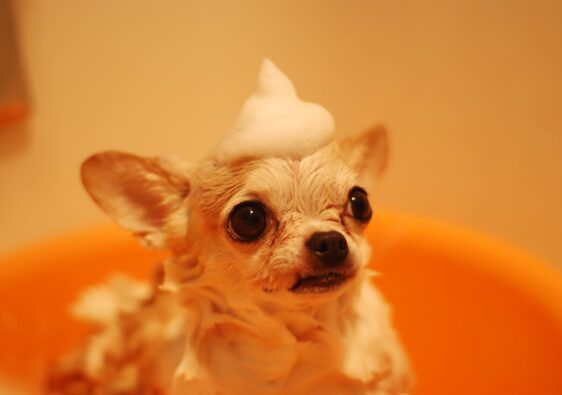Ragdolls are friendly and adapt well to most environments. Their trusting nature makes them excellent companions for children and other pets.
Ragdolls are prone to certain heart conditions, such as feline hypertrophic cardiomyopathy (HCM). Ensure you find a reputable breeder who has tested their kittens for inherited diseases and has health guarantees.
Feeding
The ragdoll kittens should only be fed a high-quality, protein-rich diet. Wet food is preferred, but kibble can be used as long as it is a low-calorie option. Carbohydrates are not a good energy source for cats; they become unutilized calories that can lead to weight gain.
Kittens should be fed small, frequent meals throughout the day, up to 5 times daily in the early weeks. This will help prevent overfeeding and obesity and ensure that they get enough nutrients.
Selecting a reliable breeder is crucial. Look for one registered with a cat association like TICA, and ask for references and a visit to their facilities.
Grooming
Ragdoll cats must be groomed regularly to remove loose hair and prevent mats. They have long, fluffy coats that shed a lot, which can lead to cat hair on furniture and clothing. Brushing their fur helps them eliminate this and gives them a sense of routine, which can also reduce stress levels.
The younger the kitten is when you start grooming them, the easier it will be to get them used to the idea. If you use a pin or comb, offer them a treat at the end of each session to make it more optimistic than they might initially think. The softer brushes are more gentle on their skin. Ragdolls love to be brushed and will likely become very relaxed if you do so often enough. They love to be petted and carried and will want to be part of family activities. They are generally good with children and other pets but need a little patience to help them adjust.
Training
Ragdolls are typically easy to train and respond well to positive reinforcement. They can learn basic commands such as ‘ hit’ and ‘down’ but enjoy learning more complex tricks like fetch.
Ragdoll cats are generally good-natured and get along with children, dogs, and other cats. However, they should be introduced to these family members slowly and under supervision. Their trusting nature means they may try to climb onto laps, so you must teach them to sit.
These low-maintenance cats are also easy to litter train. Positive reinforcement will get the best results, such as giving them a treat after using the litter box. Grooming is also a must. This breed’s long coat must be brushed regularly to prevent mats and tangles. It can even benefit from a bath from time to time.
Health care
Ragdolls are generally healthy, but they have a few health concerns you must be aware of. Regular visits to your veterinarian, keeping up to date on vaccinations, and spaying or neutering can help reduce the risk of many illnesses.
All cats are prone to allergic reactions, including skin infections and mites. Ragdolls may also develop respiratory conditions. Their flat features can cause breathing difficulties, resulting in asthma attacks and sinus infections in cats. You can avoid these problems by keeping the cat’s surroundings dust-free, allergen-free, and free of food scraps.
Another illness that might strike this breed is kidney disease. Age-related changes, infections, tumors, obstructions, and toxins (such as licking anti-freeze) can all be the cause. It is usually treatable with fluids, medications, and a special diet.



